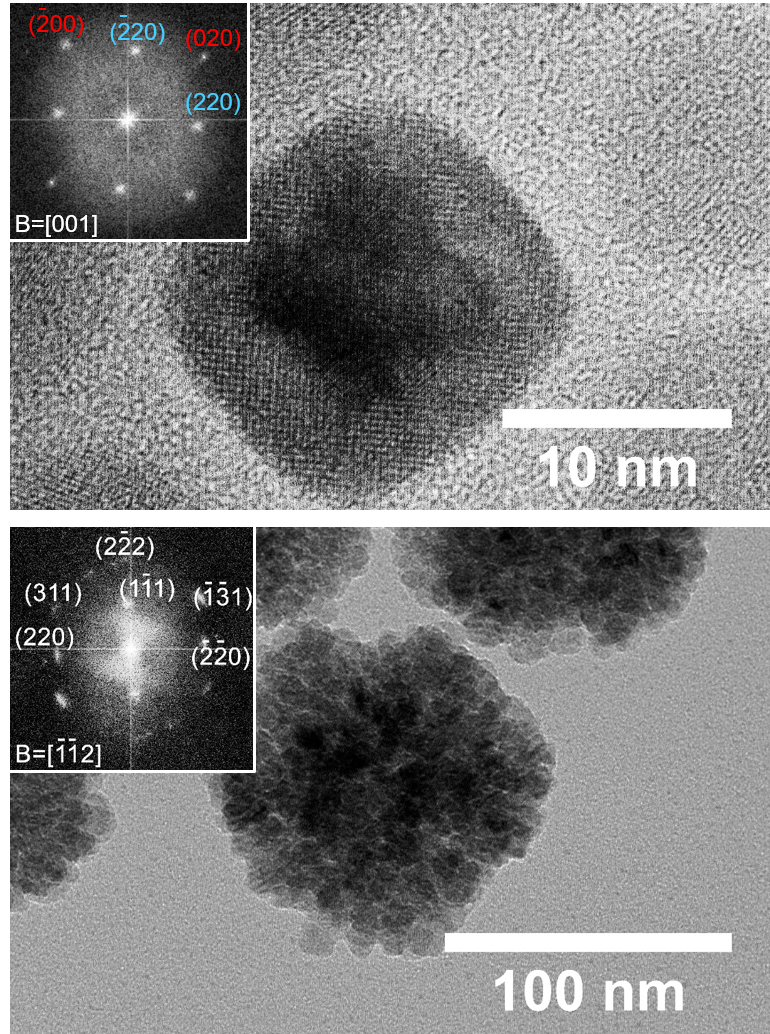Synthesis of nanoparticles
AD Aerosol deposition
The aerosol deposition process allows controllable size generation and deposition of aerosol particles of metals, e.g. Au, Ag, In, Pb, Pd, Cu. The size range of the aerosol particles is 8 - 100 nm with a narrow distribution. Aerosols can be randomly deposited on any substrate with densities up to 50 µm-2.
GIN Growth of inorganic nanocrystals
The nanochemistry facility exploits elaborate bottom-up colloidal chemistry approaches that harness nanoscale size and shape-guiding mechanisms to afford various kinds of inorganic nanocrystals with tunable response (cf. semiconducting, plasmonic, magnetic).
MICS Multiple Ion Cluster Source
We offer a multiple ion-cluster source operating in ultra-high vacuum devoted to the fabrication and characterization of highly controlled nanoparticles. They are produced in gas phase with high purity and controlled size, structure and stoichiometry and they can be collected in the desired coverage on arbitrary surfaces for different uses.
FSP Flame Spray Pyrolysis
FSP allows the production of a broad range of nanostructured materials in the form of nanocrystalline powders with particle sizes ranging from few nanometers up to 10 nm. These materials include metal oxides (e.g. SiO2, TiO2 and Al2O3), complex oxides (e.g. YSZ and ITO), noble metals and nanocomposites (e.g. alumina or titania supported Pt).
CBD Cluster Beam Deposition
In CBD, aggregates formed in the gas-phase are processed in a molecular beam source so to form a collimated beam of particles that once intercepted by a substrate can be used to grow thin films of nanostructured materials. Nanocomposites are produced by co-deposition from multiple sources. Accessible materials are metals, carbon, metal-oxides.






